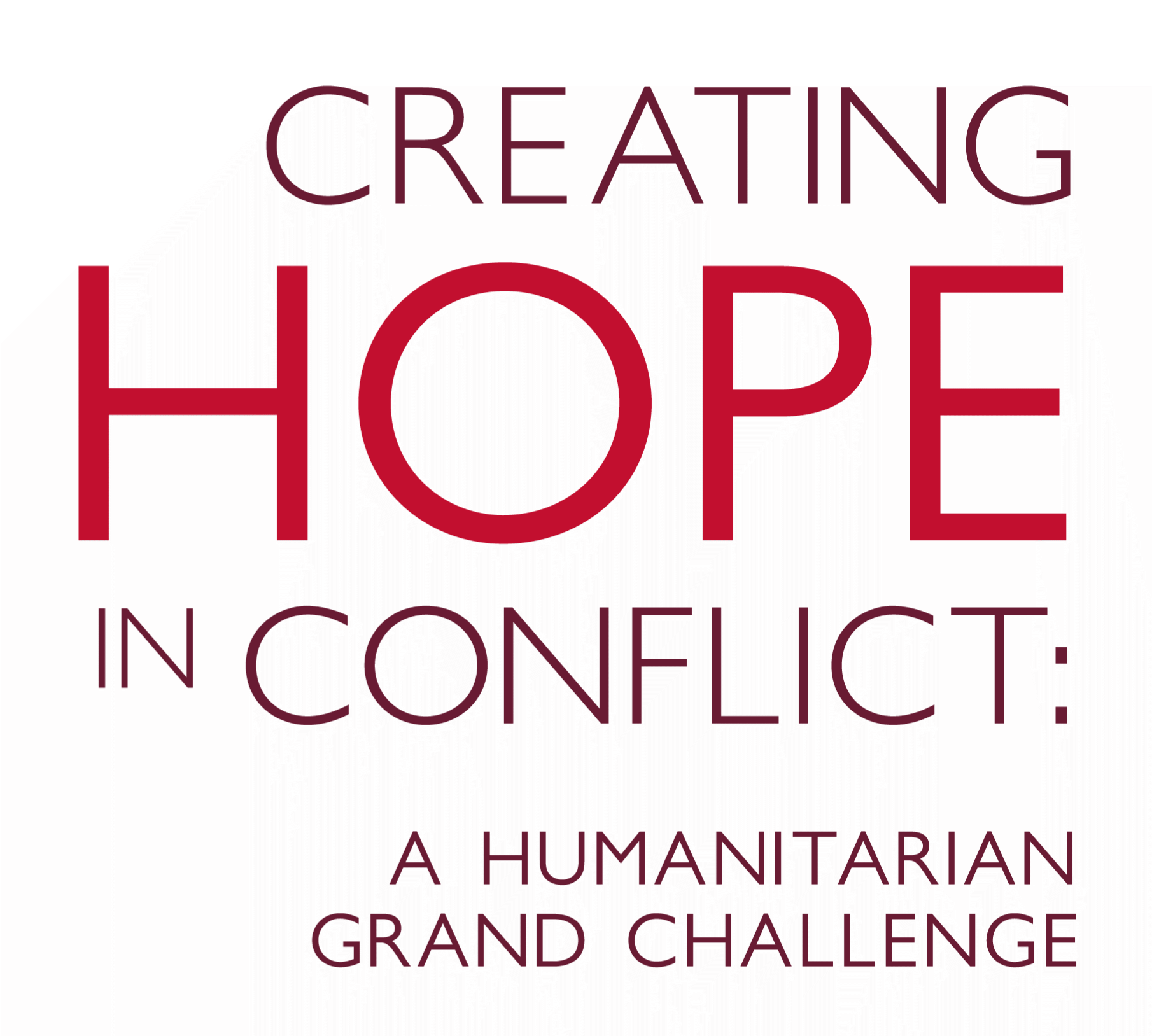TTS: Expanding leishmaniasis prevention in conflict-affected areas of northern Syria
THE CHALLENGE
Cutaneous Leishmaniasis (CL) is a growing epidemic in conflict zones as the vector, a sandfly, breeds in the destroyed buildings of urban epicentres. This is significant in the context of northern Syria where over 100,000 people were previously being infected with leishmaniasis annually (up to 40 x pre-war levels), resulting in excess morbidity, mortality, and cultural shame and stigma relating to disfigurement and scarring. In Syria, mass-population displacement, poor living conditions, and destruction of health services also increase vulnerability to infection and spread the disease across previously non-affected areas. At the same time, ongoing conflict restricts essential humanitarian access, hampering the delivery and effectiveness of conventional prevention campaigns, and leaving millions of vulnerable civilians unprotected.
THE SOLUTION
To combat the rise of CL in Syria, the MENTOR Initiative piloted insect repellent “envelopes”— World Health Organization (WHO) approved transfluthrin-containing sheets of thin plastic meant to be hung up in the home, to provide a portable, simple, and stable tool for protection against flying insects. The envelope potentially offers the first simple disease prevention approach, to be used directly by families living in conflict-affected communities. Being roughly the size and weight of A4 paper makes the solution easy to transport and distribute at scale even in active conflict settings. During the CHIC funding period, the insect repellent envelope pilot was distributed to 21,975 individuals across both urban (Atareb and Aleppo) and IDP camp (Mahmoudli and Tawihena camp) settings in northern Syria. Entomological research demonstrated statistically significant reductions in sand fly counts within the envelope study arms of both camp and urban settings, and a survey involving a sample of 400 homes in each urban and campsite showed an 85% rate of continued envelope use over nine months. By the end of the pilot, 73% and 57% of users in urban and IDP camp settings respectively, reported perceiving increased protection from insects upon using the envelope. In total, an estimated 18,679 lives were improved through the provision of sustained protection against infective sandfly bites.
